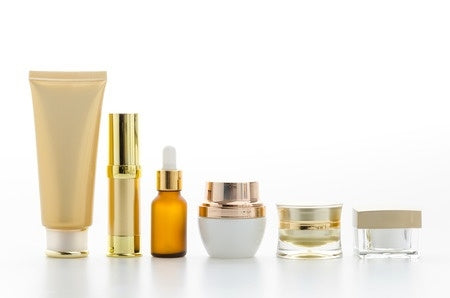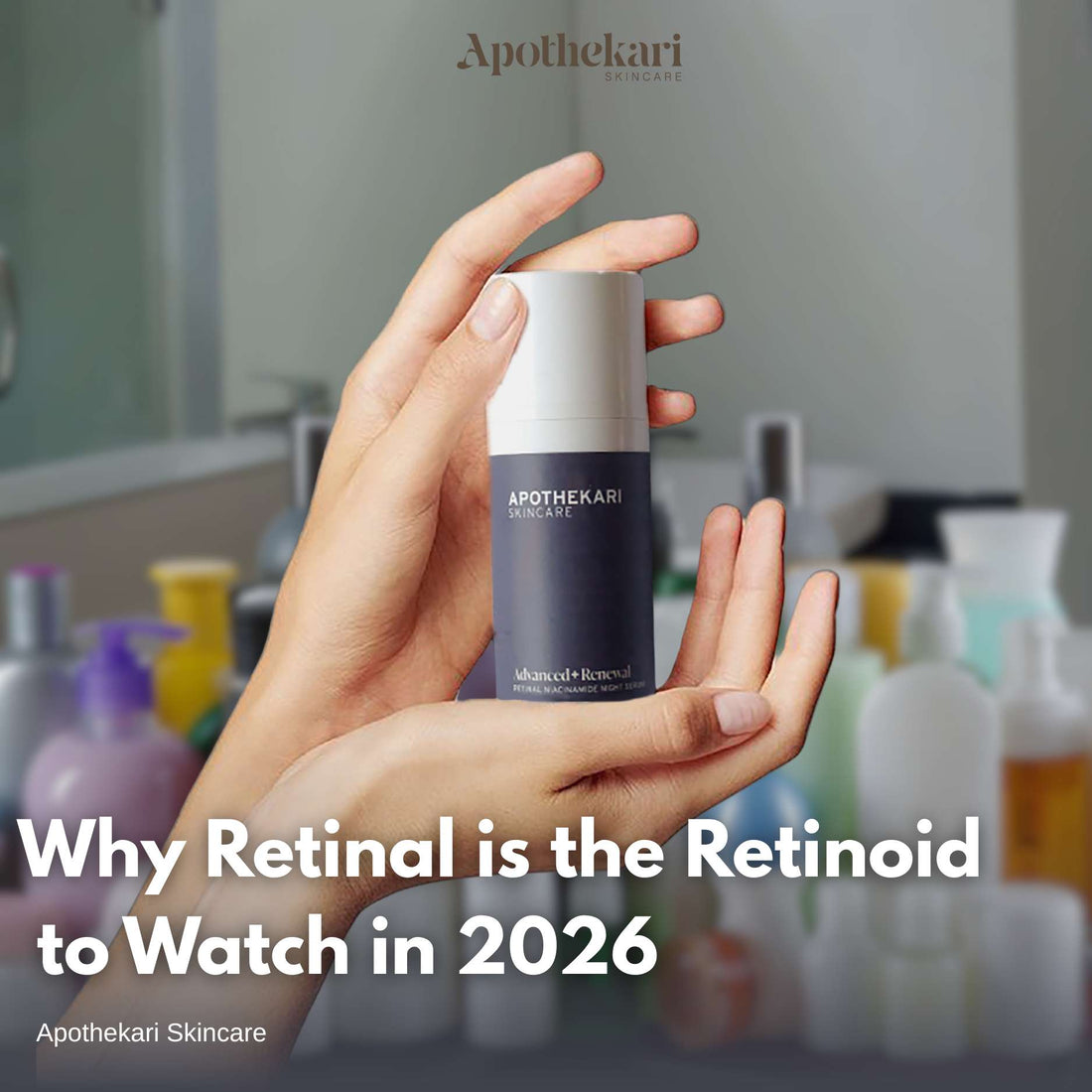When it comes to cosmetic packaging, companies have a range of options to choose from. Whether it’s the container, the label, the box, the decorative element or the marketing material, the overall appearance of a product plays a large role in how it’s perceived by customers. It’s the first way to grab someone’s attention, before even getting to the ingredients. I don’t know about you, but there’s something about a pretty bottle sitting on a shelf that can be quite hard to resist. It’s not surprising that companies spend a lot of time and resources getting their cosmetic packaging just right.
We all know that looks aren’t everything. The main purpose of selecting suitable cosmetic packaging is to protect and preserve the integrity of the product inside. An attractive container may call out to you, but the right container will help to protect what’s inside. Packaging must be able to withstand the conditions it may encounter during transportation and storage as well. Despite this, it still surprises me to see containers that look very enticing, screaming for attention, but which likely aren’t doing much to help protect what lies within.
Not sure if the cosmetics you’re buying are packaged suitably?
Here Are 3 Things to Consider:
1. Does the Cosmetic Packaging Protect Against Light and Air?
While opaque and dark coloured or amber containers accomplish this best, many products are still packaged in clear glass and plastic bottles. They look very pretty, especially when filled with colourful ingredients, but light will accelerate the degradation of the contents. Airless pumps are the containers to best protect against air and if a product is suitable for this packaging, it’s the one to shoot for. Amber or opaque containers help to minimize the impact of light exposure.
2. Will the Packaging React with the Ingredients Inside?
Most cosmetics, even the ‘natural’ ones, are chemical formulations which have a tendency to react with substances that are next to them. Plastic is one of the least reactive materials so manufacturers are increasingly leaning towards it. Research and development into new plastics that are biodegradable and free of troubling ingredients like Bisphenol A, are starting to become more commonplace. However, they can be very expensive so many companies stay away from them. As prices come down, we can expect to see more products packaged in these new plastics. Glass is another solid option to help avoid chemical reactions. One of the issues with glass, however is the risk of breaking it in the shower or counter, leading to a potentially hazardous situation. For this reason, many manufacturers avoid packaging in glass.
3. Does it Help Prevent Contamination?
Packaging that prevents contact with the ingredients inside – airless pumps and tubes, for example – minimize the introduction of bacteria into the container. Just think of reaching your hand(s) into a jar daily for months and the potential for contamination. If it’s possible to avoid touching the product, why not? While airless pumps aren’t suitable for all products, they are one of the best ways to help protect against contamination. And a good preservative system as well, of course.
At Apothekari, we use a variety of packaging depending on the product. My favourite packaging is an opaque, airless pump because it protects against light and air and also minimizes contamination. Many of our products including our Apothekari cleansers and our Daily Infusion Moisturizer are packaged in airless pumps. When this just isn’t suitable, I opt for amber or opaque containers to help minimize light degradation. I really do love the look of products displayed in clear bottles but I know that this isn’t the best to ensure the longevity of our treatments.







